
Describes, in text and photographs, the vanishing culture of the Yanomama, a primitive group that lives in the Amazon Territory of Venezuela.

Describes, in text and photographs, the vanishing culture of the Yanomama, a primitive group that lives in the Amazon Territory of Venezuela.
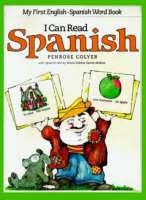
Double-page spreads contain cartoon-like illustrations and sentences, in both Spanish and English, about Miguel and his friends. An introduction covers pronunciation and includes tips on reading.
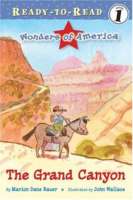
It all started with water. But how did one river make such a deep canyon? Read on and find out.
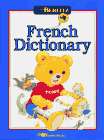
Teddy Berlitz bear returns to help young children learn the basics of the French language. This colorful French dictionary includes more than five hundred entries, as well as translations, spot illustrations, and word usage guidelines.
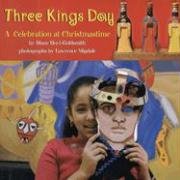
For many Latino Americans one of the best things about Christmas is that it lasts for twelve days. The final day, Three Kings Day, comes on January 6 and honours the arrival of the Magi in Bethlehem. It’s a favourite holiday for children, with presents from the kings as well as parades, performances, parties, lively music, and scrumptious food. While describing the customs and revelry ten-year-old Veronica shares with her family and New York City’s Puerto Rican community, this book portrays a celebration that is rich in tradition and artistry. A glossary and index are included.
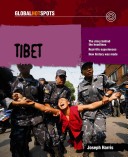
This engaging series examines places around the globe where life is anything but serene.
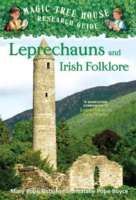
Jack and Annie research leprechauns, other fairies in Irish tradition, and Irish folklore and find out the facts behind the fiction.
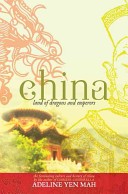
A fascinating book about the history and culture of China.The history of China spans thousands of years. Journey through China in this fascinating and absorbing book: discover the land of dragons and emperors, and learn about the significance of its ancient dynasties. Countless tools and materials that people have used every day for centuries—paper, gunpowder, cast iron, matches, and silk, to name just a few—were first made in China. Chinese society has progressed through major changes, but lucky numbers, festivals, beliefs about colors, the practic of footbinding, the building of the Great Wall, and the larger-than-life people of China are all integral parts of this ancient civilization and still have an impact on life today.Bestselling author Adeline Yen Mah explores an extraordinary view of the great story of China over the last two millennia in this nonfiction work, which also includes black-and-white photographs.